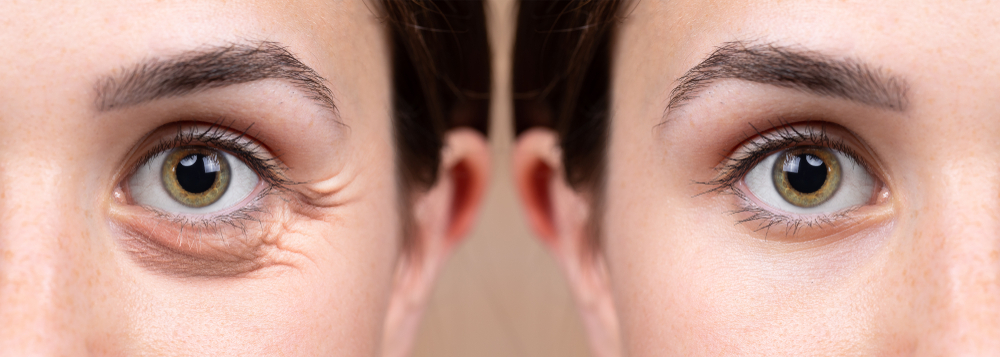Would you like to get a breast lift but are worried the procedure will change your natural ability to breastfeed? In general, you can breastfeed after a breast lift, although the ability might differ depending on the type of breast lift you choose.
A Breast Lift Usually Has No Impact on Breastfeeding
Most breast lift surgery patients are able to breastfeed without any issues. Plastic surgeons generally find that patients who can breastfeed before breast lift surgery will likely be able to breastfeed after surgery. This is because breast lift surgery does not usually affect milk supply or the breastfeeding function of the breasts.
The Potential Risks of a Breast Lift on Breastfeeding
Any surgery comes with risks. And breast lift surgery is no exception. For example, after your breast lift surgery, you may notice some effects in the long-term. This may include changes to the sensation of the nipple and the breast. Some hopeful or expectant mothers who have had breast lift surgery worry that the procedure will affect their ability to breastfeed.
The chances of an impact on breastfeeding after breast lift surgery can depend on the technique used. A breast lift with reduction or implants can have a bigger impact on breastfeeding than a breast lift by itself. For example, large implants may interfere with the natural function of the breast. And a reduction, unlike a lift alone, involves removing tissue from the breast, which can affect breast function. We will elaborate on these issues in the following sections.
Breastfeeding After a Breast Lift with Implants
A breast lift with augmentation can either be done using artificial implants (silicone, saline, or gummy bear) or fat transfer (transferring fat from elsewhere in your body to your breasts). With implants, there is generally a low risk of breast augmentation affecting your breastfeeding. Silicone in modern-day breast implants, for example, is unlikely to interfere with the milk. Even if implants (either saline or silicone) rupture, neither material will contaminate the milk.
But the likelihood of breast implants affecting breastfeeding depends on both the type of incision and surgery. For example, if a plastic surgeon makes an incision in the breast crease and an implant is placed under the pectoral muscle, then nothing should change. After all, in this instance, the implant will be away from the breast tissue. All the ducts will be intact and connected to the nipple, just as before.
Other types of breast lift with augmentation may involve an incision around the areola, especially if the patient wants less scarring. In this case, the breast lift surgery may change both sensations in the nipple and the milk supply. This kind of procedure may also sever certain ducts in the breast. Also, in some types of breast lift surgery, the implant is placed over the pectoral muscle. In some instances, this can interfere with the breast’s ducts.
The reason you had a breast lift with implants may also be relevant. If you had breast augmentation just to add a minor boost, you are unlikely to encounter any difficulties when breastfeeding. If you began with very flat breasts, your ability to breastfeed may have already been more affected than the average woman. This is because these types of breasts may develop a low supply of milk.
Breastfeeding After a Breast Lift with Fat Transfer
You may also want to know if you can breastfeed after a breast lift with fat transfer. With this form of breast augmentation, a plastic surgeon removes fat from a part of your body—usually the thighs, buttocks, abdomen, or waist—and transfers it to your breasts.
If you opt for this type of breast lift surgery, it is unlikely that your ability to breastfeed will be affected. A plastic surgeon will inject the fat into all areas of the breast, including under the skin, above the pectoral muscle, and in some cases behind it. The fat cells will integrate into your breast tissue. Whether the fat transfer interferes with breast ducts depends on how meticulous the surgery is. For this reason, it’s important to choose a highly experienced, Board-certified plastic surgeon who can expertly inject fat into the breast tissue.
It should also be emphasized that breast augmentation with fat transfer is a relatively new procedure. This means research is still being done on how it affects women’s ability to breastfeed. Having said that, most patients who choose breast augmentation with fat transfer do not encounter any issues.

Some Tips for Breastfeeding After Breast Lift Surgery
If you want to ensure you can breastfeed after a breast lift procedure, there are some tips you should follow. For example, if you’re concerned you already have a lack of glandular tissue, try taking natural supplements—under your doctor’s instructions—that can boost milk production. Insufficient glandular tissue (IGT, or breast hypoplasia) is an uncommon condition that results in low milk production in the breasts. Women who suffer from IGT do not develop the normal amount of breast tissue during adolescence.
With any type of breast lift, there is a potential risk that breastfeeding may be impacted. In the rare cases where this does happen, you may find your milk production is a bit lower than it otherwise would be. If this happens, breastfeeding while supplementing with formula will ensure that your baby gets all the nutrients he or she needs. It’s always best to discuss breastfeeding after breast lift surgery in person with a plastic surgeon. A one-on-one consultation can help clear up any concerns you have and direct you towards a breast lift surgery that is ideal for you.







